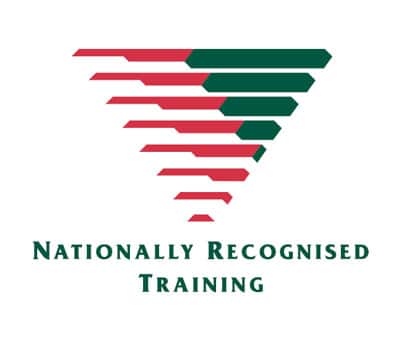First Aid for Travelers
Would you know what to do in an Emergency, if you are traveling on the Road or in the Outback with help not always available or close.
Attend this half day course to Learn First Aid Skills:
To Enrol Contact the College on (02) 49841011 or visit the College as you may be eligible for a free course.
Email: admin@tomareecc.nsw.edu.au

Students are required to complete the online theory section of the training prior to the commencement of the First Aid course:
This involves a link being sent by email with a user name and password for login purposes. This will give access to the theory learning & assessment materials. Upon full completion of the online section of the training a certificate will be issued stating that students have completed and passed the online component of the training.
There is a hard copy of the text book and a hard copy of the assessment booklet available at Tomaree Community College office in working hours if this suits you better. The books are only given out to an enrolled student. The instructions for this process will be given to students at enrolment.
USI unique Student Identifier number
The USI will be available online and at no cost to you. The USI will stay with you for life and be recorded with any nationally recognised VET course that is undertaken from 1st January 2015.
Why do I need a USI?
You may need to provide evidence of your academic achievements, for example when applying for a job or to undertake further study.
Everyone undertaking nationally recognised VET courses will need to have a USI to receive their statement of attainment or qualification.
Throughout this training you will gain skills, knowledge and confidence in responding and how to manage the following types of situations:
At the end of the course, you will be issued a Statement of Attainment for this unit where competency has been achieved.
For the full depth and breath for the training and assessment visit the link located at training.gov.au HLTAID012
In this course, you will learn techniques specific to infants and children in relation to:
Evidence of the ability to complete tasks outlined in elements and performance criteria of this unit in the context of the job role. Full information in the performance evidence located in the link – HLTAID012
We offer training in formats that suit you and your workplace in accordance with the unit of competency, training package or accredited course .
This course is available as classroom based only. Experienced and engaging trainers will take you through the course material face to face.
Our Simulated assessment environment will simulate real-life situations where these skills and knowledge would be performed, with all the relevant equipment and resources of that workplace/community environment.
All course material is provided and inclusive with course fees. Please bring along:
Lorem ipsum dolor sit amet, consectetur adipiscing elit. Ut elit tellus, luctus nec ullamcorper mattis, pulvinar dapibus leo.